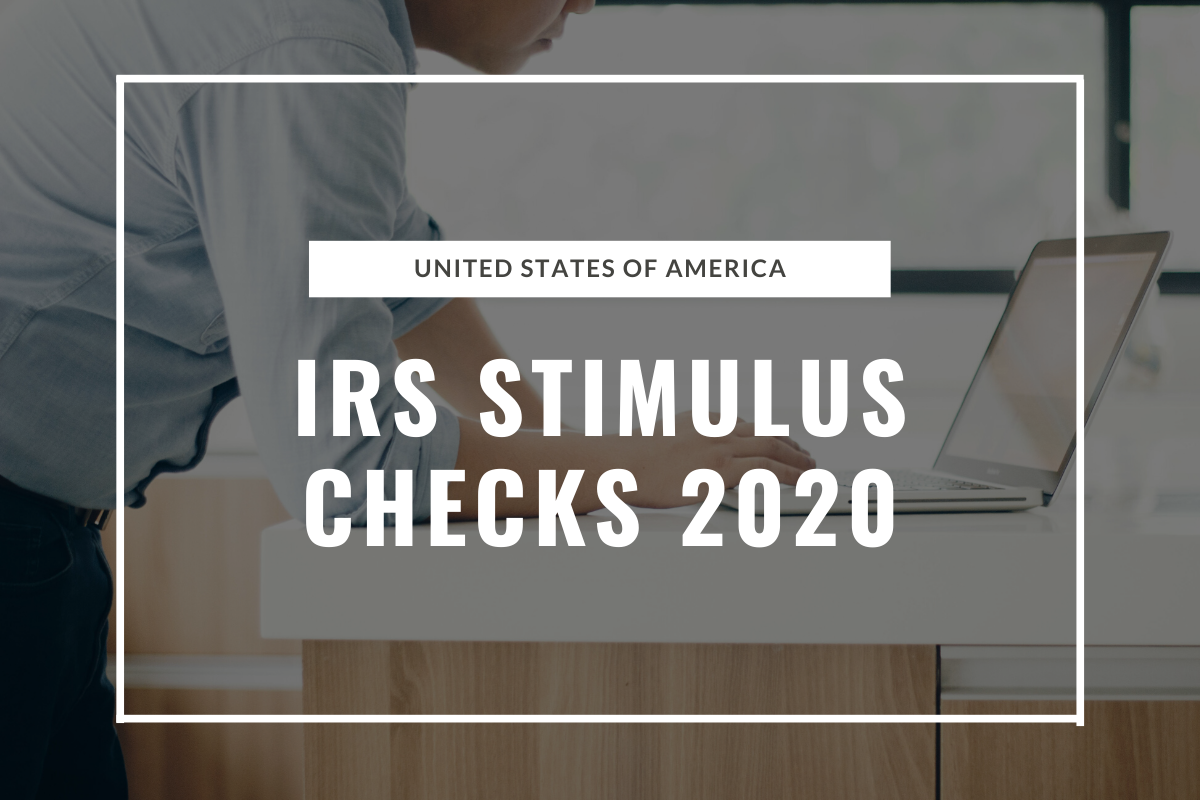
The US has started rolling out IRS stimulus checks to millions of Americans as a response to the economic devastation brought by the coronavirus pandemic.
The US Department of Treasury announced that the first checks were sent via direct deposit on Friday. Tens of millions will see the new amount in their bank accounts.
Some 50 million to 70 million Americans can expect their checks via direct deposit by April 15, according to the Treasury Department.
The next wave of checks could will be delivered as early as the week of April 20 to those who receive Social Security benefits through direct deposit but may not make enough money that is required to file a federal income tax return in 2018 or 2019.
The distribution of Internal Revenue Service (IRS) stimulus checks is a part of the $2.2 trillion economic recovery package that US President Donald Trump signed into law last March. The aid also covers grants, loans, and tax breaks for businesses suffering from the economic fallout caused by the outbreak.
How to get stimulus check
Economic impact payment can be sent either by direct deposit or by check.
There is no need to take any action if one has already filed their tax returns this year for 2019 or if one already filed a 2018 federal tax return. Their information from 2018 tax filings will be used by the IRS to make the Economic Impact Payment calculations.
Meanwhile, individuals who have not provided IRS their bank account details will receive a paper check in the mail, and this may take longer. For those who want to get their payments immediately, they can use the online application called “Get My Payment." This allows taxpayers, who filed their tax return in 2018 or 2019 but did not provide their banking information on their return, to enter direct deposit information.
Those who do not usually file a tax return due to income level and those who receive veterans disability compensation, a pension, or survivor benefits from the Department of Veterans Affairs can enter their information through IRS' Non-Filers: Enter Payment Info.
If one is not sure if they have to file, they can read the requirements on IRS' "Do I Need to File a Tax Return" page.
According to the Consumer Financial Protection Bureau, regardless of how the payment is sent to an individual, "the IRS will send you a letter in the mail to the most current address they have on file about 15 days after they send your payment to let you know what to do if you have any issues, including if you haven’t received the payment."
Qualifications for the stimulus checks
Americans with an adjusted gross income of $75,000 or less can get a one-time payment of up to $1,200. Married couples filing jointly who make less than $150,000 will be given $2,400. They will also be qualified for $500 for each dependent child under 17.
Meanwhile, those with little or no tax liability will also receive $1,200 ($2,400 for joint returns).
The payments phase out for those who earn more than $75,000, or $150,000 for a joint return. Payments are completely phased out for single filers with incomes that go beyond $99,000, $136,500 for head of household filers with one child and $198,000 for joint filers with no children.
Not everyone is qualified for a stimulus check.
Those who will not receive assistance include students, some elderly and disabled people, and immigrants who do not have a Social Security number. Moreover, parents of babies born in 2020 need to wait until next year to qualify for the per-child rebate.
The IRS uses the income amounts based on tax returns filed for 2018 or 2019 for their computation.
For low-income individuals who did not need to file a tax return the past two years because their earning is less than $12,000, they can still get a stimulus check. However, they have to provide the IRS with details so the agency can compute their rebate and know where to deposit it.
In addition, other recipients include Social Security beneficiaries who filed federal tax returns that included direct deposit details, based on an alert previously released by U.S. Rep. Debbie Dingell, D-Mich.
In summary, here are the taxpayers who do not qualify for the stimulus check according to IRS:
-Your adjusted gross income is greater than
- $99,000 if your filing status was single or married filing separately
- $136,500 for head of household
- $198,000 if your filing status was married filing jointly
-You can be claimed as a dependent on someone else’s return. For example, this would include a child, student or older dependent who can be claimed on a parent’s return.
-You do not have a valid Social Security number.
-You are a nonresident alien.
-You filed Form 1040-NR or Form 1040NR-EZ, Form 1040-PR or Form 1040-SS for 2019.






